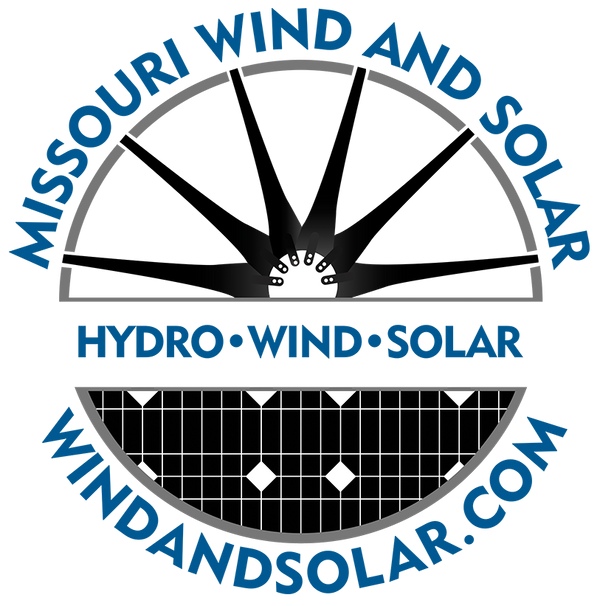Choosing Wind Turbine Blades - Factors to Consider

Wind Turbine Generator Blade Types
With the residential, small scale wind turbine industry growing rapidly over the last decade, many new wind turbine blade sizes, materials, and designs have emerged onto the market. The options may leave you scratching your head so, with the release of the Raptor Generation 5™, we thought we’d answer some questions you may have.
We highly recommend watching our Wind Turbines for the Beginner How To Part One for more in-depth explanations from Jeff on blade basics.
Blade Material
- Carbon Fiber Composite: Extreme durability, rarely suffers from breakage. Our Raptor G4, Raptor Series Black, and Raptor Generation 5 wind turbine blades are all a carbon fiber composite
- Aluminum, Aircraft Grade: Heavy weight, typically laser cut for precision. Our Falcon Wind Turbine Blades are made from aircraft aluminum
- Plastic: Breaks easily, suffers from photodegradation (gradual breakdown from UV rays), sharp and potentially hazardous if breakage occurs
- PVC: Brittle in cold weather, breaks easily, extremely dangerous if breakage occurs (we highly recommend you steer clear of these entirely)
- Wood: Commonly used with axial flux wind turbines, laminated and pressed under 20 tons of pressure using the same process for manufacturing wooden aircraft blades
Factors Affecting Startup and Torque
- Width: A wider base provides more surface area for start-up
- Weight: Heavier blades require more wind for start up but will provide more torque once they are rotating. Lighter blades will start up in lower wind speeds but will also quit spinning more readily when the wind dies down
- Length: Length also plays into surface area and weight in similar ways as blade width and weight
- Takeaway: Small blades require high wind speeds to start spinning, that’s why they’re commonly used as sailboat wind turbines. Larger blades require less wind for start up and provide more torque to keep the turbine spinning under a load.
Number of Blades
- More blades have more surface area, more weight & torque to keep the rotor spinning when the wind dies down.
- Smaller blade sets will allow the rotor to spin faster (higher RPMs, less torque). Once under a load, when the batteries are charging, the blades will actually slow down.
- Small 3 blade turbines may take wind speeds of 12 mph* to turn the blades whereas our 7 blade Freedom wind turbines have start up speeds of 7 mph*.
- *Based on tower height and wind turbine placement.
Odd Versus Even Number of Blades
- Even Blade Sets: When the bottom blade passes the wind turbine mounting pole it creates a disturbance in the blade directly across from it, causing the blades to vibrate and shake. It’s nearly impossible to get these blades to balance. Balance is important to minimize vibration in the turbine.
- Odd Blades: The bottom and top blades don’t align and create a disparity that causes the turbine act as a flywheel to keep the turbine spinning.
